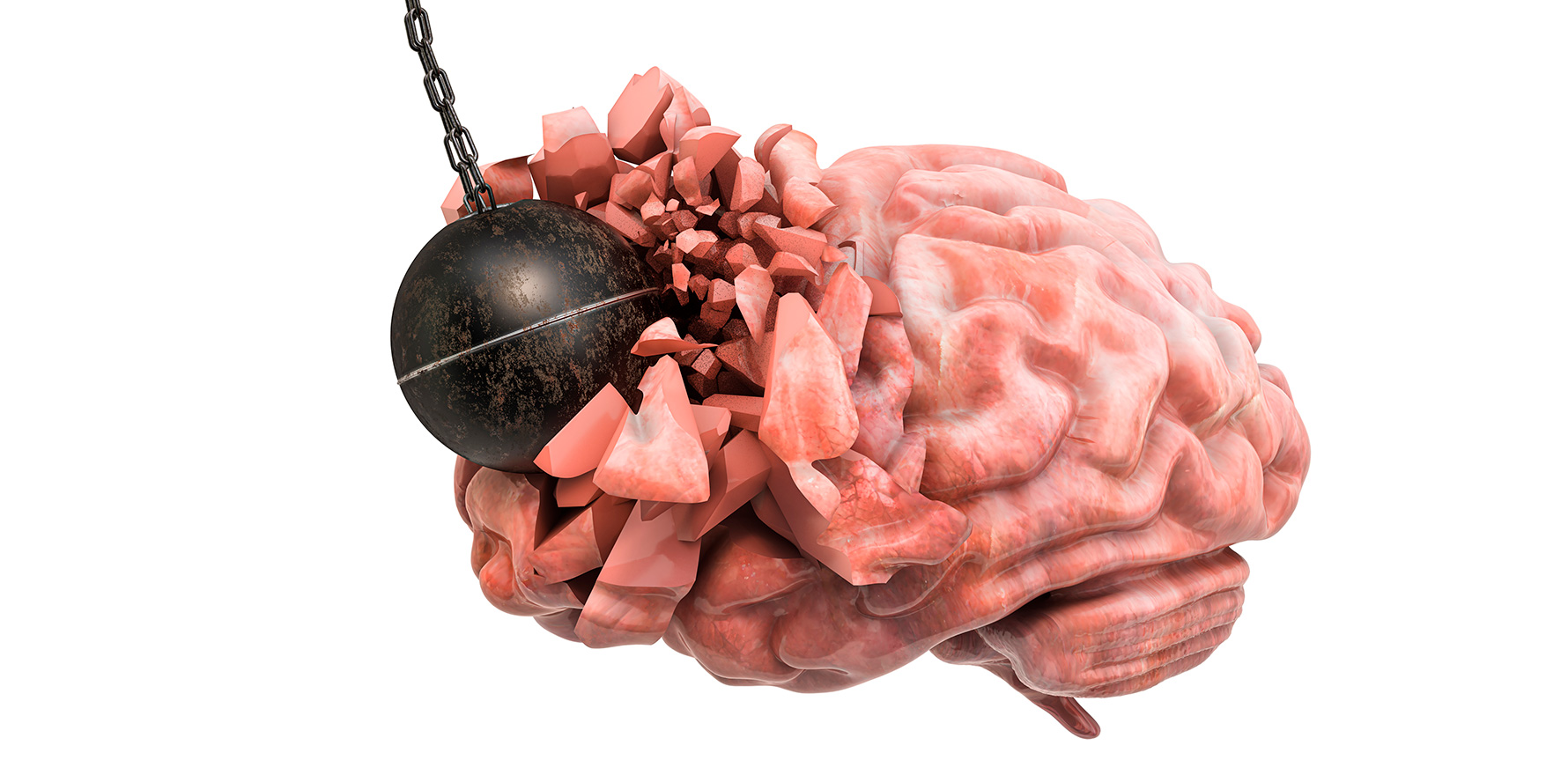With a blood test doctors can now quickly and objectively assess the potential for surgically relevant pathology.
As Australia enjoys another summer, for professionals and amateurs sportspeople alike, every minute of playing time offers a chance for athletic joy, health improvement, and a sense of community. Unfortunately, injuries can occur.
Thankfully, our sporting culture has largely moved beyond the “walk-it-off” school of injury response when a player sustains a blow to the head. Multiple groups such as Brain Injury Australia, the Brain Foundation and Concussion Australia have been educating the public about how serious head injuries can be – and about the fact that brain injuries can have both short- and long-term health impact.
The Australian Government is also well aware and addressing the issue, with the Standing Committee for Community Affairs handing down their report into concussions last September, which received scores of submissions from sporting codes right down to individuals.
While some of the Committee’s recommendations will take time, there are actions we can take now.
After a head injury, the urgent exclusion of serious brain pathology that may require surgical intervention is paramount. We now have new diagnostic tools that can support this growing awareness: biomarker blood tests to help doctors objectively assess the potential for surgically relevant pathology quickly.
The US Food and Drug Administration recently approved the first core laboratory test that can screen for two biomarkers associated with brain injury, known as GFAP and UCH-L1. The new test, developed by Abbott [Note: author Dr Beth McQuiston works for Abbott] and used for mild TBI patients in people 18 and older within 12 hours of injury, can deliver results in 18 minutes. It can allow a doctor to rule out the need for a costly CT and time-consuming scan to screen for a brain bleed or more serious brain injury.
Biomarker tests like these can be the future of diagnostic medicine. In recent years, we’ve seen the emergence of blood tests for Alzheimer’s disease, certain autoimmune conditions, and Parkinson’s. We’ve seen how genetic biomarker tests can dictate the optimal course of cancer treatment on an individual basis.
In the setting of a head injury, the potential for improving the speed and accuracy of evaluation through this new test is worth further exploration. Instead of just asking if someone feels “off” after a head or neck injury, or whether they can remember who the Prime Minister is, a doctor can now assess blood levels of GFAP and UCH-L1. Such objective tools stand to radically help with assessment, treatment and recovery.
The process of developing these new blood tests that utilise biomarkers across a range of disease and injury has been methodical and rigorous. Unfortunately, once approved and made available adoption doesn’t necessarily happen quickly.
Scientists first discovered the biomarker troponin, a protein in the blood released during a heart attack, in 1965. However, it wasn’t until the 1980s – more than 15 years later – that a troponin blood test became available that could remove most ambiguity about whether a patient suffered a heart attack.
Novel diagnostic tools like this often face considerable obstacles to uptake even after they are approved or cleared and become available to healthcare providers. It can take a while to build clinical awareness of their value in helping patients – and awareness in the healthcare system as a whole. Validation of the evidence for these tests take time and is an essential step to convince clinicians to incorporate the tests into clinical practice.
Troponin tests are now widely used to help diagnose heart attacks. Now tens of millions of patients globally who suffer from a heart attack can benefit from the use of high sensitivity cardiac blood tests, improving the lives of many.
There’s a lesson in that history. Adoption of regulatory approved diagnostic tests have the potential to help many and provide significant cost savings to the healthcare system. Head injured patients and clinicians now have that option available to them. Supported by Abbott, The Alfred Hospital in Melbourne and John Hunter Hospital in Newcastle are leading the validation of novel biomarkers for head injury in Australia.
Expert consensus in favour of the use of biomarker tests after head injury is developing rapidly. Groups such as the American Congress of Rehabilitative Medicine and the National Associations of Science, Engineering and Medicine released reports this year advocating for their use. Such guidance builds awareness, encouraging hospitals, clinics and doctors to deploy them in the evaluation of brain injury.
Support from the community, has also played a major role in ushering in a new standard of care. These groups deserve credit for their advocacy.
We have new tools to help objectively evaluate head injuries. Now we must ensure everyone has access to them.
Dr Beth McQuiston is a neurologist, registered dietitian and medical director for Abbott’s diagnostics business. She is a member of the TBI Endpoints Development Initiative, and has served on the executive committee of the Center for Nutrition Learning and Memory for several years.
Dr Biswadev Mitra is an emergency physician, Professor of Critical Care Research and head of the Emergency Research Unit at the School of Public Health and Preventive Medicine at Monash University. He researches traumatic brain injury and led the first in vivo study quantifying head impacts in Australian football.


